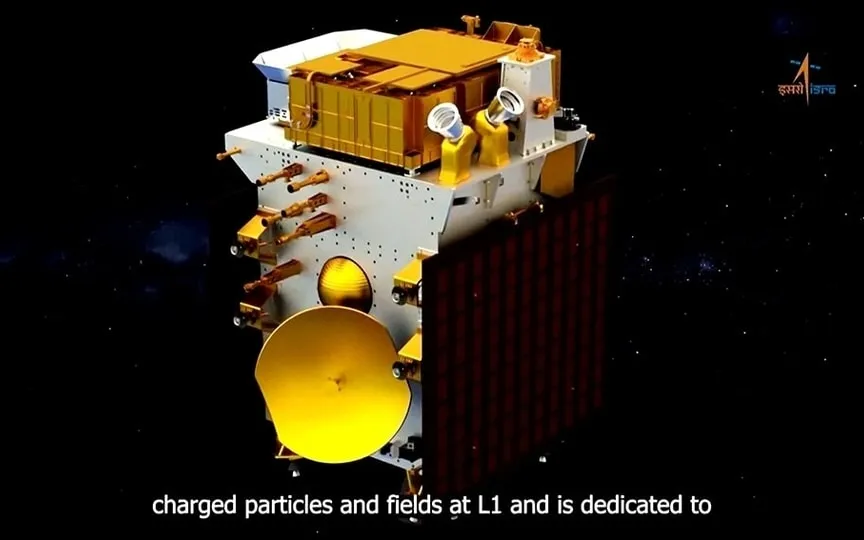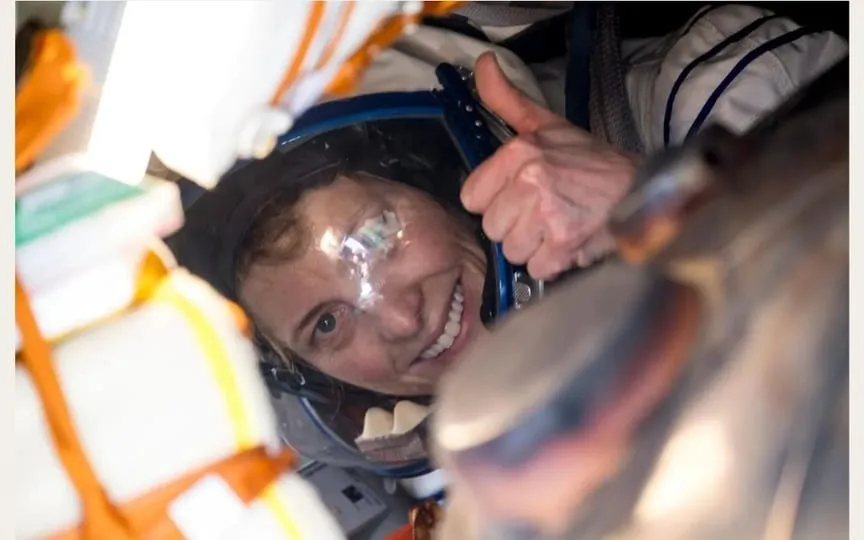ISRO Unveils the Final Stage of Aditya-L1 Mission – Get Ready to Be Amazed!
India’s space program is making significant progress with a series of successful missions. Following the triumph of the Chandrayaan-3 mission, ISRO has now accomplished the launch of India’s inaugural solar mission, Aditya-L1. The Indian Space Research Organisation is eagerly awaiting the Aditya-L1 solar probe’s arrival at Lagrangian point L1, which is scheduled for January 7. Stay informed about the latest developments regarding India’s groundbreaking solar mission.
Aditya-L1 assignment in final stage
According to a PTI report, the ISRO chairman spoke about the exciting progress of the Aditya-L1 mission at the 60th anniversary celebrations of the launch of the first rocket in Thiruvananthapuram.
“Aditya is on its way. I think it has almost reached its final stage,” he said, adding that the final preparations for the arrival of the Aditya-L1 spacecraft at L1 are currently underway. “Possibly by January 7, the final moves will be made to reach the L1 point,” he added.
The Aditya-L1 mission was launched by PSLV-C57 on September 2, 2023. It is now in its final phase, marking a major milestone in India’s space exploration. The Lagrangian point L1 is one of the five equilibrium points of the Sun-Earth system and is strategically located about 1.5 million kilometers from Earth, between the planet and the Sun. ISRO aims to place the Aditya-L1 probe in halo orbit at this vantage point to conduct surveys using seven scientific payloads.
Importance of Aditya-L1 task
The Aditya -L1 mission is very important because it will help scientists unravel the mysteries surrounding the Sun and its effects on space weather. Understanding solar phenomena is critical to understanding space weather events that can affect satellites, communications systems, and even Earth’s power grids. Aditya-L1 spacecraft is equipped with seven separate payloads designed to study solar flare, solar wind, coronal mass ejection, coronal heat, magnetic reconnection and more. Four of these instruments monitor sunlight, providing valuable information for solar research. The other three instruments measure in situ parameters of the plasma and magnetic fields around the Sun.




